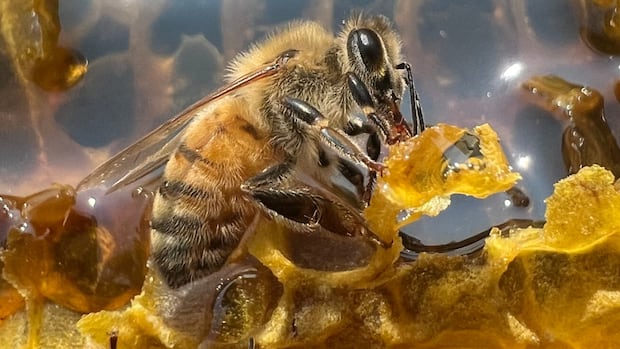Study finds metal from space junk polluting the upper atmosphere

Scientists using high-flying aircraft to sample the upper atmosphere have found metal elements in aerosol particles they say are from thousands of rocket boosters and satellites that have re-entered from space.
While rocket launches are increasing in frequency, the cumulative effect of this newly discovered form of pollution is u1
The Earth’s atmosphere has been a dumping ground for derelict satellites, rocket boosters and even entire space stations since the beginning of the space age. According to data collected by the United Nations Office for Outer Space Affairs the cumulative number of satellites launched into space since 1957 exceeds 14,000.
When a satellite reaches the end of its design lifetime, it either falls out of orbit or is driven down into the atmosphere for disposal to prevent it from becoming a hazard in the near-Earth space environment.
The atmosphere is a convenient garbage disposal system because objects in orbit are traveling at roughly 30,000 km/h, so except for the largest and most robust pieces of them, they are incinerated when they hit the air.
The large Russian space station Mir was intentionally de-orbited and burned up over the Pacific Ocean in 2001. And the International Space Station, larger than a football field, will be disposed of the same way when it is decommissioned.
In addition to the satellites themselves, many rocket boosters that carried them to space burned up in the atmosphere, along with thousands more pieces of space junk, bits and pieces that are cast off rockets and debris resulting from satellite collisions.
But the metals those objects are made of are vapourized, and researchers have found that they can remain in the atmosphere for some time.
In February 2023, NOAA researchers conducted the Stratospheric Aerosol, Budget and Radiative Effects (SABRE) mission, using a specially equipped aircraft to sample the stratosphere. Researchers were looking for aerosols, which are tiny particles that form from chemical reactions taking place at high altitude.
They found many of these particles included dust from meteors that have fallen from space, which was expected. But they were surprised to find around 10 per cent of the particles were contaminated with more than 20 elements such as copper, aluminum, lithium, niobium and hafnium, which are used in the construction of spacecraft.
So far, the effects of these elements on the environment are unknown, but aerosols are involved in the formation of stratospheric ice clouds.
Scientists don’t know whether the metal content will change particle size or how they might interact chemically with ice and other elements floating at the top of the atmosphere.
Like the ocean, the atmosphere is vast. Historically, we have behaved as if our small contributions of pollution will have no effect. But just as we now see microplastics throughout the world’s air, oceans and soils, our space garbage is accumulating.
Future plans call for many more objects to be placed in orbit, particularly huge fleets of communications satellites like the Starlink megaconstellation, which currently has about 5,000 satellites. The Starlink project could see thousands — even tens of thousands — more satellites enter orbit. Other companies are pursuing similar plans, and there are reports that China is planning its own constellation of as many as 13,000 more.

These new communication satellites will be placed in low orbits so they will eventually fall out of orbit and burn up. The satellites will need to be constantly replaced.
There has been a lot of discussion about space junk and the safety of satellites colliding with debris in orbit. There are also concerns about space debris reaching the ground.
Now we can add a new concern: how much the space garbage disposal system, our atmosphere, can take.




